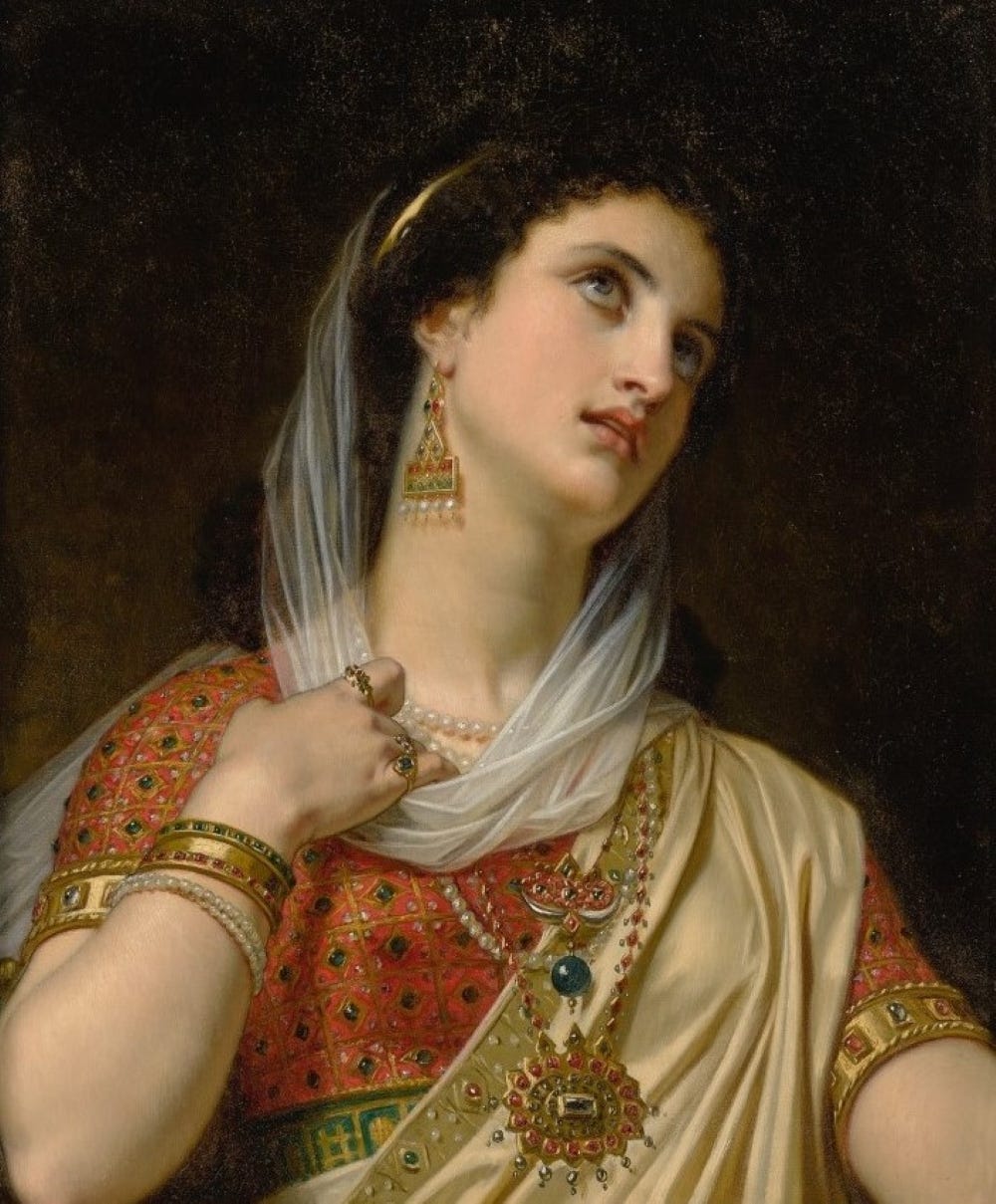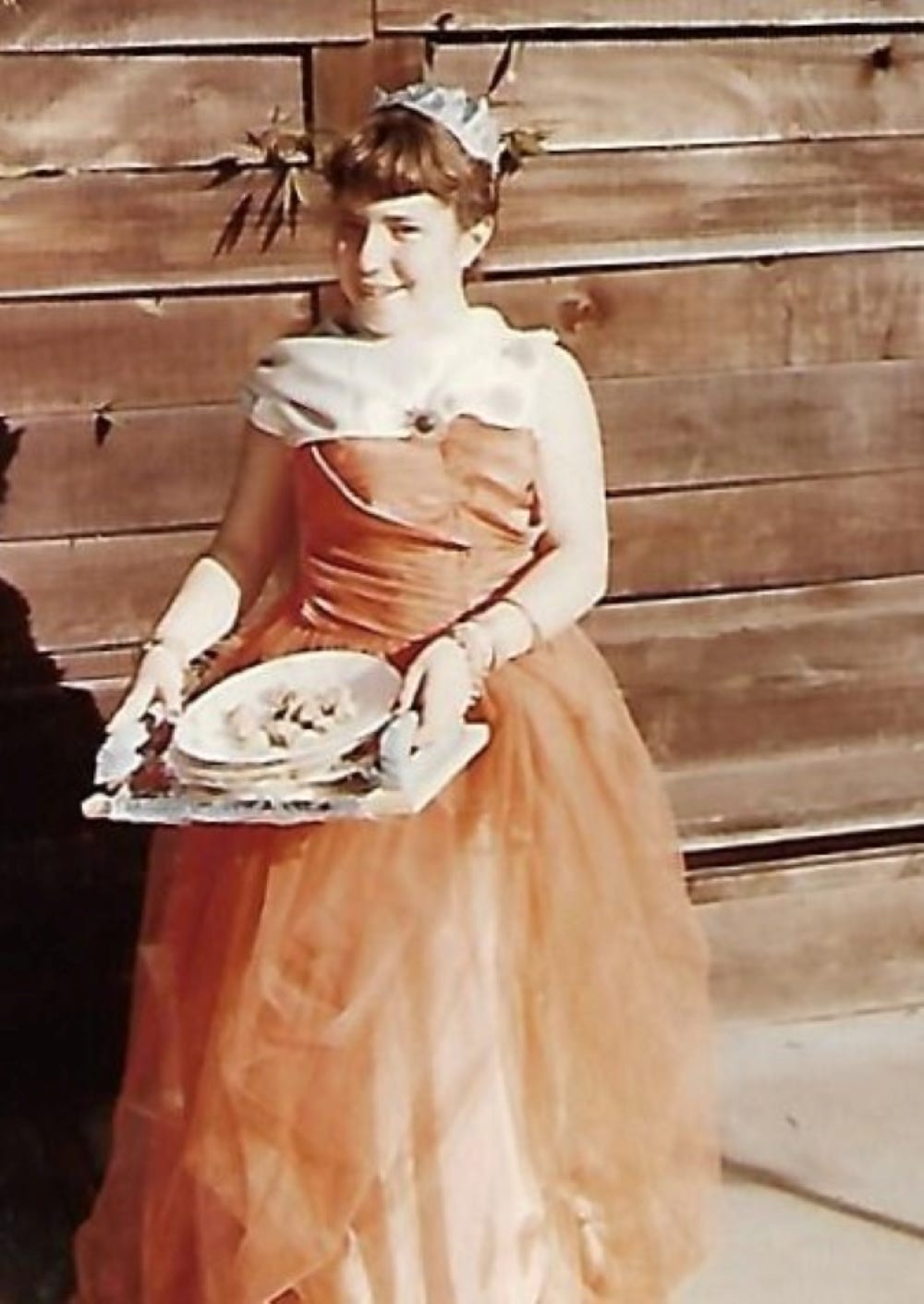What is Purim?
An article for children ages 10-14 about a Jewish holiday that is very pertinent today.
This year, the Jewish festival of Purim will begin at sunset on Saturday, March 23 and end at dark on Sunday, March 24 (sorry, I had the date wrong in the original of this essay). This ancient holiday reminds us of events that happened about 2500 years ago in what was then Persia. Today that land is Iran. The Purim story is strangely similar to what is happening in the Middle East today.
History
About 500 years before the Common Era,[i] the army of Babylonian emperor Nebuchadnezzar conquered Israel and destroyed the first Jewish Temple in Jerusalem. Then he exiled thousands of Jews—he made them leave their homes to become residents in other places. This made his government stronger and the people weaker. This is because when people who have one language and religion are moved into places with people of other languages and religions, their unity becomes weak. They don’t feel like they belong, and the original people stop feeling like they are part of one unified group.
We are still like this today. You may know kids who speak different languages at home or go to different churches. They probably hang with other kids like them, and you and your friends probably don’t think to invite them to play with you. People are just naturally comfortable with people like them.
Nebuchadnezzar sent the Jews to live all over Babylon. Back then there was no good way to stay in touch with others: no mail, no computers, no cellphones, no email, no social media, and not even good roads to travel on. So communities of Jews and maybe families were broken up. The Jews felt lost and alone.
Then Babylon was conquered by Persia. The king changed, but the Jews still felt lost and alone.
At that time the government was located in the city of Shushan, now known as the city of Hamedan, in Iran. The king, called Ahashverosh or Ahasuerus in the biblical Book of Esther (Xerxes 1 in other history books), was a selfish, lazy man who did not care much what happened in his country. He just wanted to be rich, to party, and to do whatever he felt like.
When he needed a queen, he held a beauty contest. The winner, who became the new queen, was a Jewish woman named Esther. Her parents had died and she was brought up by her uncle, Mordechai. When she was chosen to be in the beauty contest, Mordechai told her not to tell anyone she was Jewish.
After she became queen, Mordechai would sit outside the palace. He listened and watched to find out what was happening in the palace. In this way he knew how Esther was doing.
When a ruler is selfish, bad things happen in his country. So it was in Persia. A bad man named Haman became jealous of Mordechai. To hurt Mordechai, Haman told the king to have all the Jews killed. The king set a date about a year away. His messengers announced throughout his kingdom that on the 13th of Adar people could kill all the Jews.
When Mordechai heard this, he told Queen Esther that she had to save the Jews. She had to ask the king to change his ruling. But there was a big problem with this selfish, lazy king. When someone wanted to speak to him, the king had to say it was okay. If he didn’t want to see the person, he had the person killed. And the king had not seen Esther in a long time.
Queen Esther worried that the king would have her killed for bothering him.
She had wondered why she, a simple Jewish girl, had become queen. Then she realized that the reason must be so that there would be a Jewish person in the palace who could speak to the king. She told Mordechai to send messengers all over Persia. Now, remember the king had chosen a date one year away. Mordechai’s messengers had plenty of time to reach all around the country. They asked the Jews to get together on one special day. They should fast and pray for three days. On the fourth day she would go to speak to the king, even though she knew he might have her killed.
The Jews, who had felt sad and lonely since they were forced to leave their homes, got together in their new homes. They fasted and prayed for those three days. It was the first time they had done something together since they were taken to Babylon years earlier.
The king agreed to see Queen Esther. She explained that she was Jewish and that his edict (the law he wrote about killing the Jews) meant she would die. When the king heard this, he asked whose idea the edict was. When she said, “Haman’s,” the king had Haman and his ten sons killed. Then Esther asked him to send out another edict saying that the Jews could kill anyone who tried to kill them. The king agreed to this too.
After the danger was over, the Jews celebrated by feasting, giving money to the poor, and giving two kinds of foods to Jewish neighbors.
All of these activities helped bring unity to the Jews in Persia. They worked together to make the feasts; people who work together often become friends. At their feasts they sat and enjoyed a fine meal with many others. This was another chance to make friends. By giving gifts of money to the poor they helped their communities, met more people, made the poor people feel important, and got the satisfaction of helping others. And giving food gifts to neighbors was a way of improving friendships with people in the neighborhood. So after all this, they were much more united than they were before the trouble began.
Purim Today
Nowadays, many Jews still fast on the 13th of Adar, to remind us of Queen Esther’s bravery and the unity of the other Jews who prayed and fasted together. On the day of Purim we also hear the Book of Esther read aloud. When Haman’s name is mentioned, we blot it out—erase it—by making a lot of noise. People bring noisemakers, stamp their feet, or pound on the back of the chair in front of them.
Most children and lots of adults wear costumes to hear the Book of Esther. People dress up as the characters in the Purim story, but also lots of other things, like babies or cowboys, Elsa from Frozen, robots, and more. Horror and political costumes, which are so popular in the USA on Halloween, are not common on Purim. It can get crazy noisy in the synagogue. This is part of the religious service. It’s expected.
We also have a big meal, usually with other people. Although Jews in general avoid drinking alcohol to excess, on Purim grownups are supposed to drink until we get a little drunk. We also still feast, drink too much, give money to the poor, and exchange gifts of food with our neighbors.
God is Hiding
People who hear about Purim say, “A holy book where God isn’t mentioned once? A holy day with crazy noise in synagogue and too much alcohol to drink? It sure doesn’t sound like a religious experience!“
That’s true. We think of religious holidays as spiritual events, but Purim is not. It is very physical. But that’s part of the lesson of the day!
The story seems like it is full of coincidences, things that happen at the same time that just happens to work out well. Some people think coincidences are just weird things that happen. Someone who is looking for God, though, does not think things just happen by chance and then, by chance, work out. They believe God made those things happen together for a reason. One of the big lessons of this holiday is that God is always in control, even when He is hiding. Another is that God is present in spiritual events, and also in physical events.
In a lot of ways, what happened 2500 years ago in Persia is being acted out again today in the Middle East. Iran—modern-day Persia—is threatening to destroy Israel. The government of Iran even pays terrorists who kill Jews. Israel is fighting back, the way the Jews did after the king said other people could kill them.
The truth about Israel is hidden today. The news and the Internet are full of lies. But those of us who believe in God know that He is still in control, even though He is hard to see. We trust and pray that God will protect us now and in the future, the way He did all those long years ago.
For Parents, Teachers, and Others
We in Israel today are concerned about what might happen on Purim this year. It is Ramadan, the Muslim holy month when people fast from sun-up to sun-down and give charity to the less fortunate. Unfortunately, historically Muslims have also attacked Jews during this time.
When I was in Israel in 1969, Iraq had jailed ten innocent, young Jewish men whom they accused of spying for Israel. These young men were hanged on Purim in retribution for the ten sons of Haman who were hanged all those years ago.
This essay was written for tweens and young teens, but the following questions are about the relationship of this story and today’s events. As such, they are also (probably more) for adults.
Are there any similarities between King Ahashverosh and leaders today? In what ways?
What similarities and differences do you see between the king’s edict and today’s news about the Israel-Hamas War?
How would you feel about reading a holy book and interrupting it with lots of raucous noise?
Does reading about the noise of “blotting out Haman’s name” change anything that you thought about traditional Judaism? How? Why?
As always, I invite your commends and questions.
[i] Because Jesus has no religious significance to Jews, we generally do not use BC (Before Christ) and AD (in the Year of Our Lord); rather, we use BCE (Before the Common Era) and CE (Common Era). We mean no disrespect to Christian beliefs, but it would be hypocritical for Jews to use terms relating to Jesus as the messiah or our lord when we do not believe those things.





